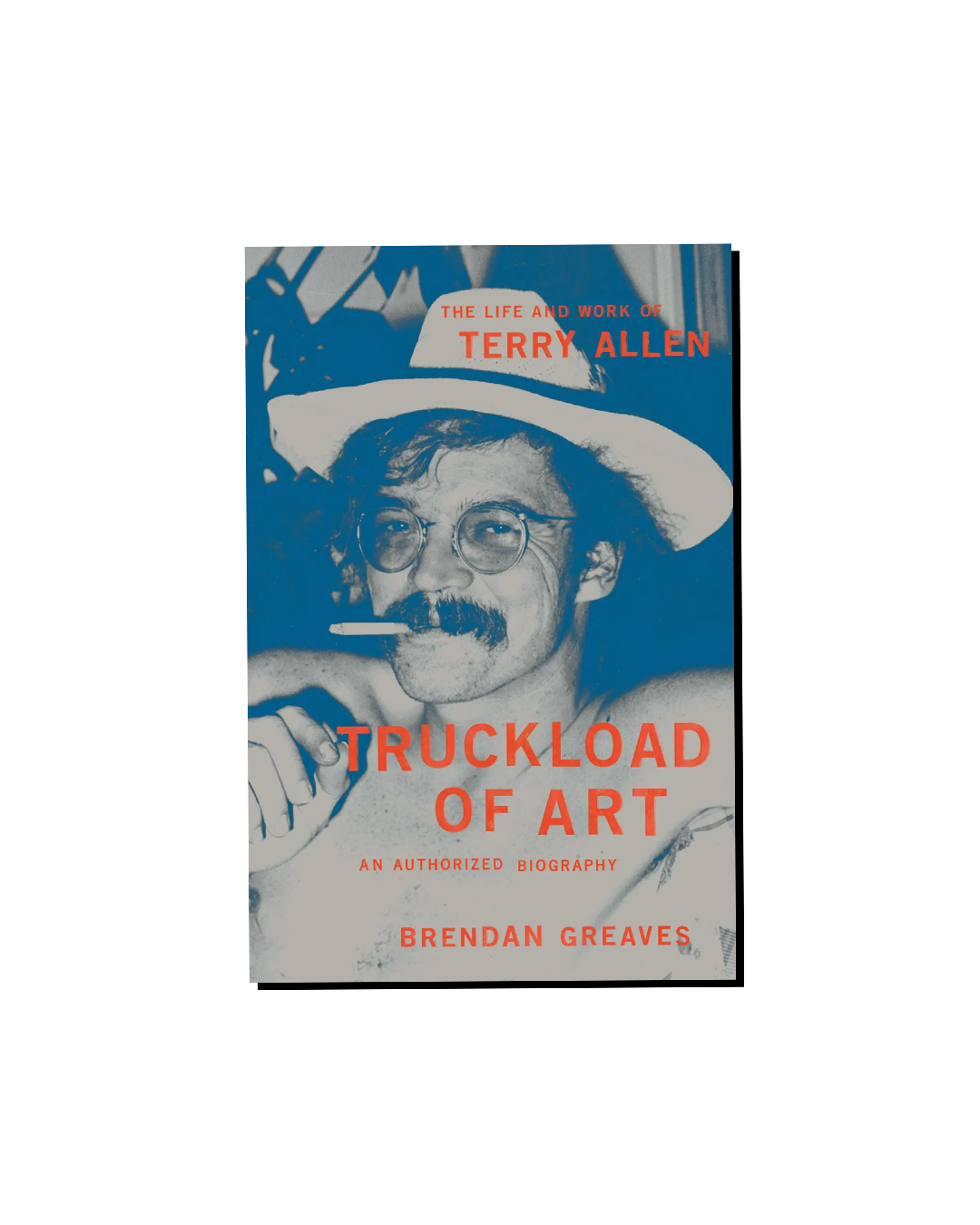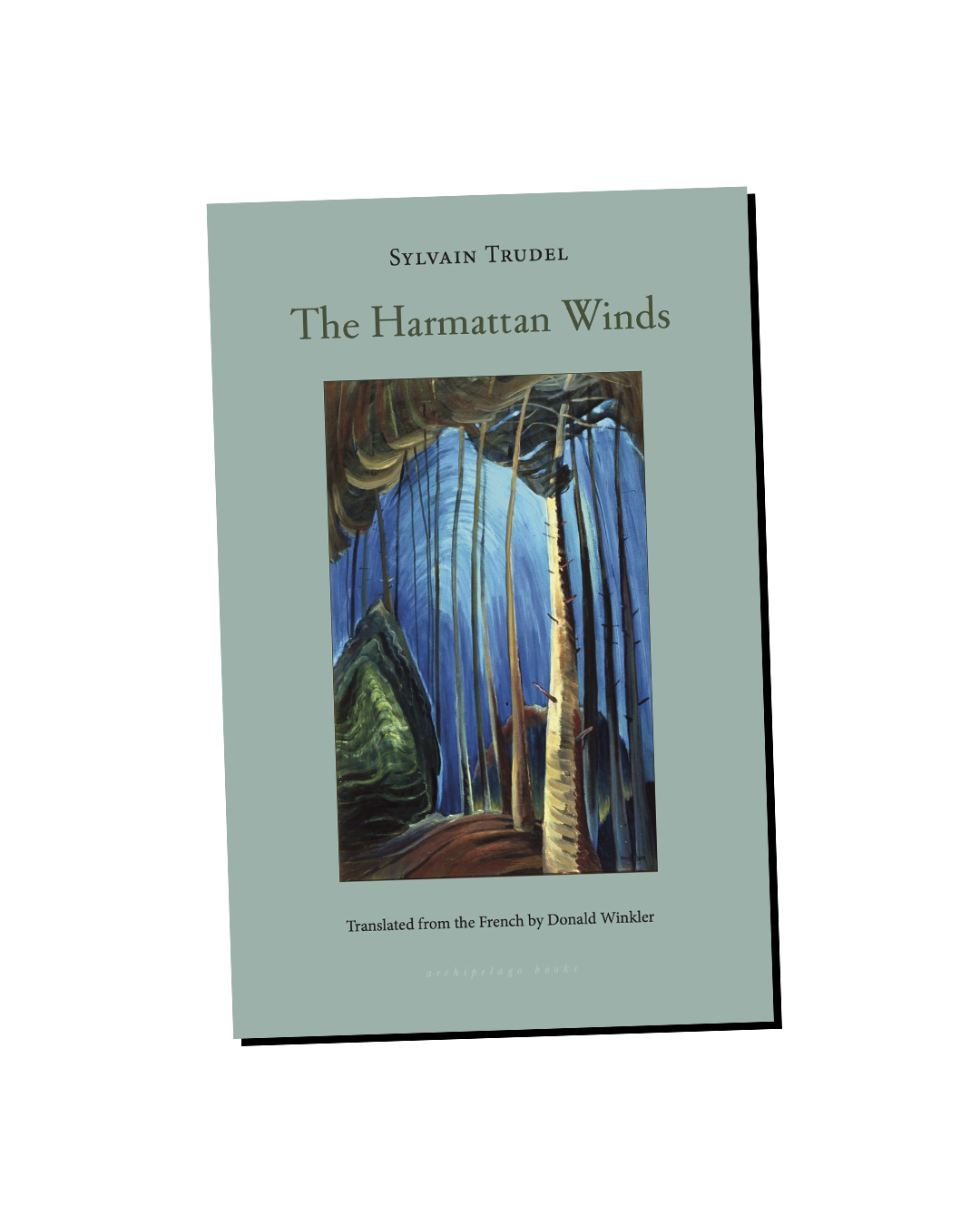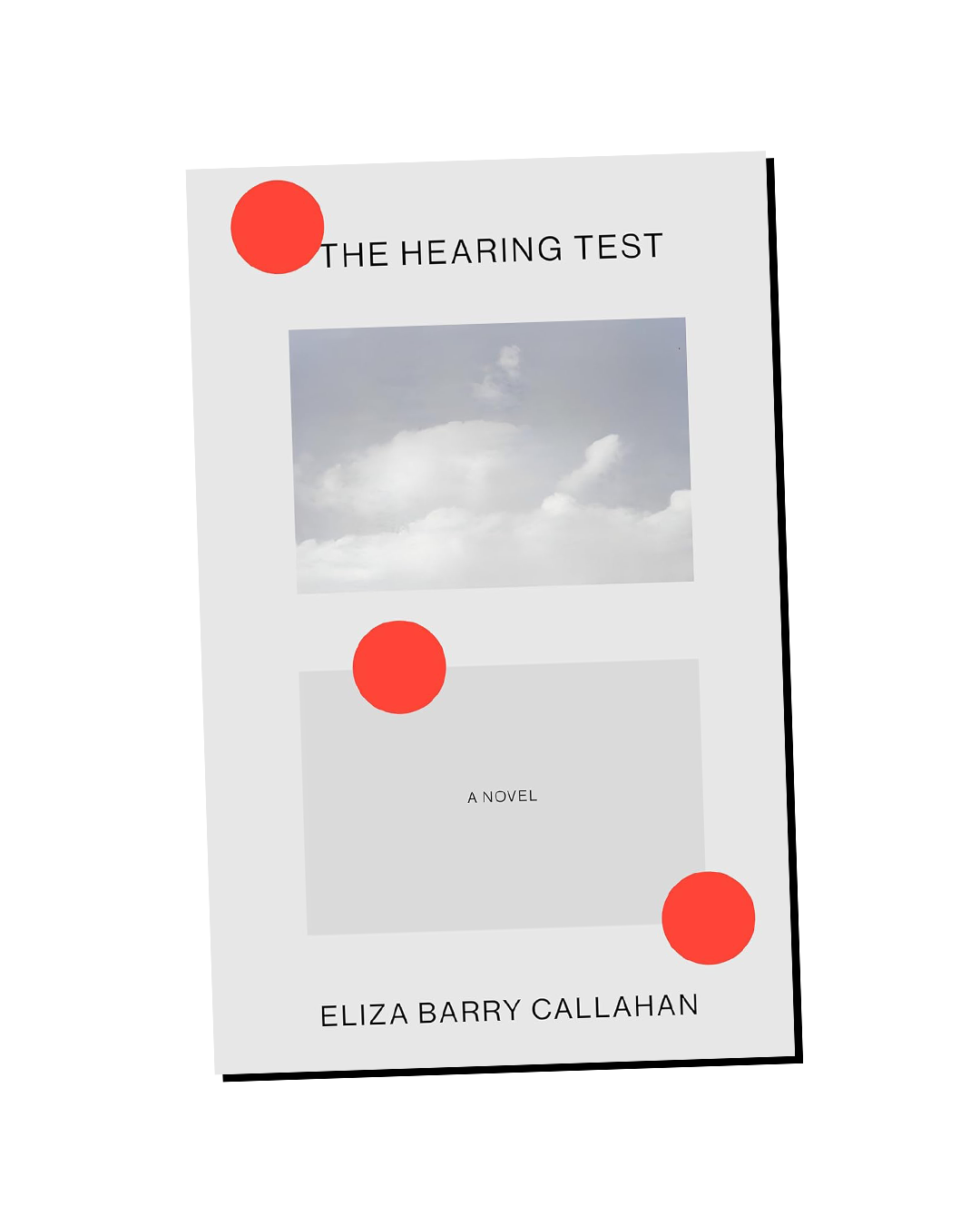Appetite Studies: Self-Devourer
Multiple day fasts with sunlight and black coffee, 60 hour work weeks, recreational substances, bootcamp workouts, breathwork classes, beach walks with family and dogs, etc. All became experiments to see if I could push the right buttons to become a well balanced individual.
from “A Seam of Electricity”
I slept like a hot carbon barrier to the earth. In the dark, a further darkness: owl-hoots with my hands attached. I realized there was a kitten living in the corner, in the dream, it had birdhouses for sale.
The Delight in Activity: On John Guillory's “On Close Reading”
By showing you how criticism constructs itself, the aspiring critic does not need discursive x-ray vision or to see a collection of essays as so many articulated skeletons standing discretely atop a blue void. All you need is a little time and effort.
SELECTED APPETITES
I consider losing my appetite to evidence positive moral and ethical standards.
from “The Book of Flowers”
Oh boy do I love explaining to the angry soccer mom that the Pikachu her daughter received is not, in fact, a boy’s toy and that we are only currently carrying Pokémon in all of our Happy Meals™.
Irresistible Mirror: On Terry Allen and the Art of Biography
Now, at long last, we have an Allen biography. In Greaves, Allen has found the kind of friend, curator, and collaborator every great artist deserves.
The Held Tongue: On Hannah Bonner’s “Another Woman”
In the quiet of the white space, the aesthetic of restraint creates a storehouse of energy brimming behind and between each uttered syllable.
Truth-Telling: On Karen Lewis’s “I Didn’t Come Here to Lie: My Life and Education”
In her classroom, she would tell her students, “I’m not just going to teach you chemistry. I’m going to teach you life. Because you’re going to need that.”
The Driver’s Seat
If she did all of this today, Dylan knew that the only right thing to do would be to put down the spaghetti, remove the towel, drive the twenty minutes to the care facility, hug the woman, and tell her, no, his father wasn’t locked-in.
Appetite Studies: Food Science
The genius would be like—do you know the two
ways to eat a beer glass? Like that was a situation
we were often in. He’d learned it from Jasper Gallon.
from “Fuel”
We could be many things – I could give it up,
I could tell you exactly what to do.
It Is Easier To Imagine the End of Opera Than the End of Capitalism: On Yuval Sharon’s “A New Philosophy of Opera”
For those of us who want the art of opera to persist materially—not just metaphysically—it is easier to imagine the end of opera, or art in general, than the end of capitalism.
Embodiment as Enigma: On Xi Xi’s “Mourning a Breast”
What illness and pain cast into relief is that our minds will always be lost in translation—and will always remain in a liminal space—somewhere between our embodiment and the outer world.
Appetite Studies: Sam Rockwell in “The White Lotus” and The Futurity of Desire
Kojeve’s theory of desire, based on Hegel’s lord-bondsman dialectic and a huge influence on the thinking of one Jacques Lacan, was that desire isn’t simply about desiring an object, but rather about desiring to be desired, and desiring the object that desires you, in what could potentially become a house of mirrors of recognition and mis-recognition
Fear and Gloating at the New York Rodeo
“Bless us, o Lord,” went the reverential drawl, “and watch over our riders and our livestock. And Lord, protect the brave men and women serving in our armed forces and our first responders. And Lord, we pray that you will guide our elected officials as they seek to lead this country through difficult times.”
Techno Worship: On Daisuke Shen’s “Vague Predictions and Prophecies”
It’s easy to imagine, though, that many of these stories exist in the same universe—dilapidated and hyper-developed, inhabited by emotionally fragile and lonely characters desperate for some type of human connection. Like many stories that are sci-fi by nature, it presents fictitious realities that are just believable enough to be scary.
from “The Harmattan Winds”
So the broccoli on my plate are elms, the mashed potatoes a castle, and the brown sauce is the moat’s muddy water. The sauce’s beans are crocodiles to scare off your enemies. In the castle there’s a radish that rules the kingdom, and a tower where a small marinated carrot I adore is being held captive.
Becoming Nearer to Oneself: On Eliza Barry Callahan’s “The Hearing Test”
What happens during waking hours, on the other hand, is not a lie. But subjective experience is as unprovable as a dream – particularly for those whose reality is centered around their own body, and how it differs from the norm.




















